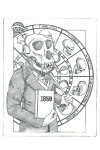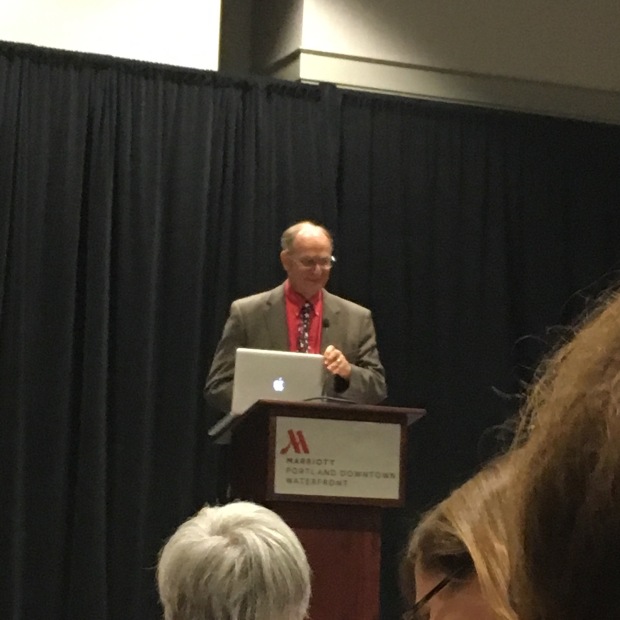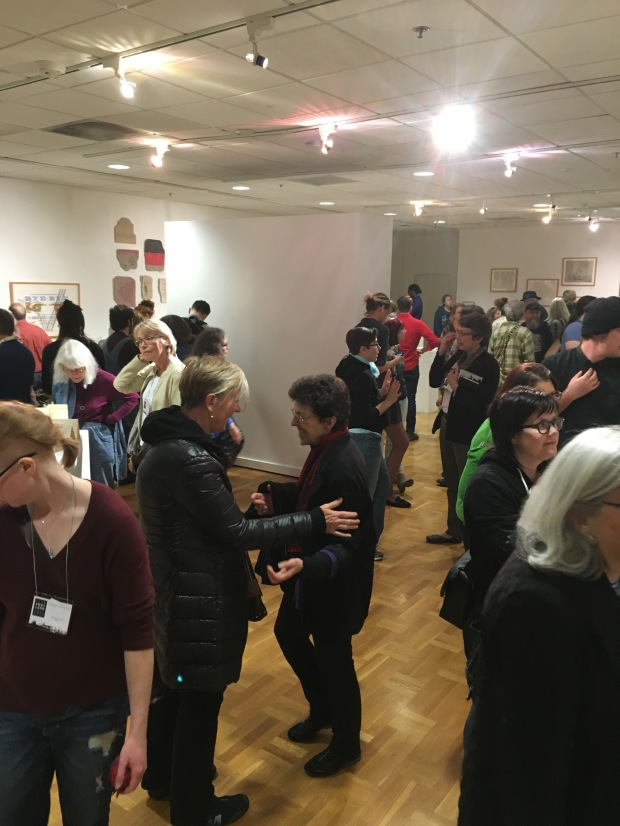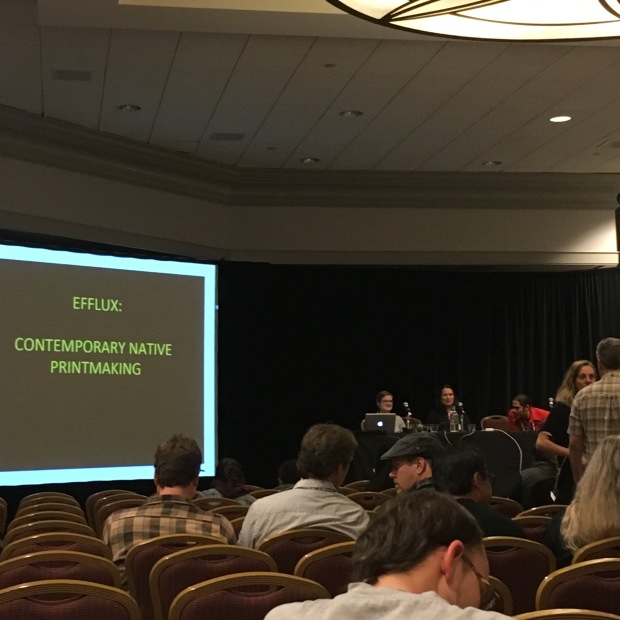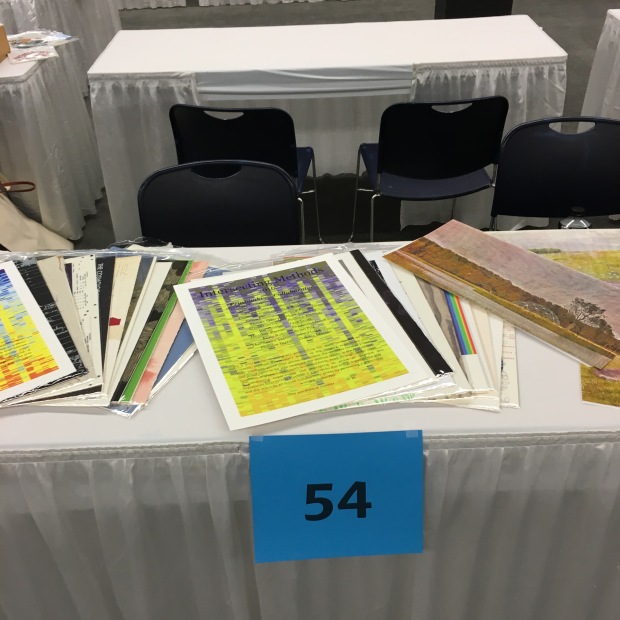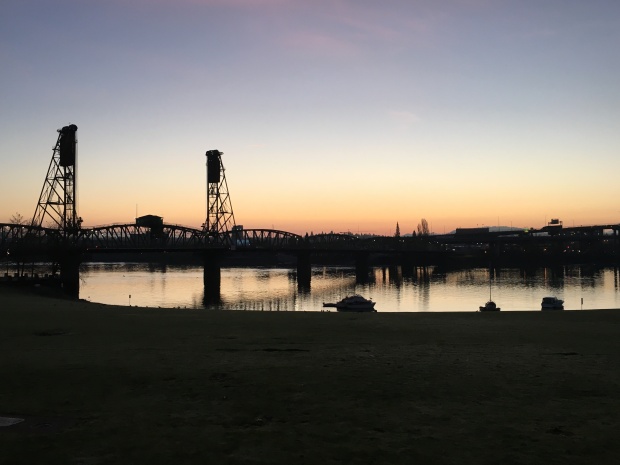This is the sixth post in a series to introduce the participating printmakers and their collaborators for the 2018 edition of the Intersecting Methods Portfolio. Every two weeks, into mid-December, a new profile of a collaborative pair will be posted. This segment profiles Jackson Taylor, Teaching Assistant at the University of Louisville, and his collaborator, Mark Hardin, Director of Fisheries at the Kentucky Department of Fish and Wildlife.
Jackson Taylor is a print artist. living and working in Louisville, Kentucky. Taylor has participated in several national portfolio exchanges (such as David Spencer-Pierce’s Retelling Project), as well as a handful of juried printmaking exhibitions. He is currently the Teaching Assistant to the University of Louisville’s print faculty, Rachel Singel.
He specializes in lithographic and silkscreen printing techniques, and concerns himself with establishing non-linear storytelling via an intense layering of printed material. As layers of ink are applied, a new skin develops that replaces the original texture of the paper. This new skin is then populated by images of warplanes, discarded toys, and biomorphic inspired drawings. The works come together to present a collage (or gathering) of printed information that convey kaleidoscopic narratives that deal with ideas of transition, memory, and certain mortality.
Here are some examples of Jackson’s printmaking work.
- Cheat Code, Lithography, silkscreen, monotype, spray paint, 19″x14″, 2016
- Skip Tutorial, Lithography, silkscreen, monotype, latex, 19″x14″, 2016
- Wipe Out, Lithography, silkscreen, monotype, spray paint, 19″x14″, 2017
 Mark Hardin, Director of Fisheries at the Kentucky Department of Fish and Wildlife
Mark Hardin, Director of Fisheries at the Kentucky Department of Fish and Wildlife
Mike Hardin’s career has focused on minimizing human impact on natural ecosystems. The work has taken Mike into caves in search of endangered species of bats, to wetlands along the Green River floodplains. In the last 13 years Hardin’s work has centered around restoring habitat in degraded streams across Kentucky. The work pulls together biologists, geomorphologists, and engineers to develop designs that can be implemented to restore self-sustaining streams as well as identify and preserve rare, high quality streams. The projects have been implemented on trout streams, headwaters, and scenic gorges. Most recently, his team completed a mile long project creating a trout stream below Wolf Creek Dam in southern Kentucky, the Hatchery Creek Project. Water exiting a fish hatchery below Wolf Creek Dam had eroded a deep gully spilling sediment pollution into the Cumberland River. The project created a new path for the water down a mile long stream with gentle meanders, riffles and pools, and a steep step pool-boulder drop to the Cumberland River. The project incorporated habitat specific rocks to allow trout from the Cumberland River to migrate upstream to spawn in the newly created Hatchery creek.
Look for the next profile in two weeks. In the meantime, R&D editions will have its regular bi-weekly updates on studio work in between the profiles.



























